Log in or create new account to save this product to your wishlist.
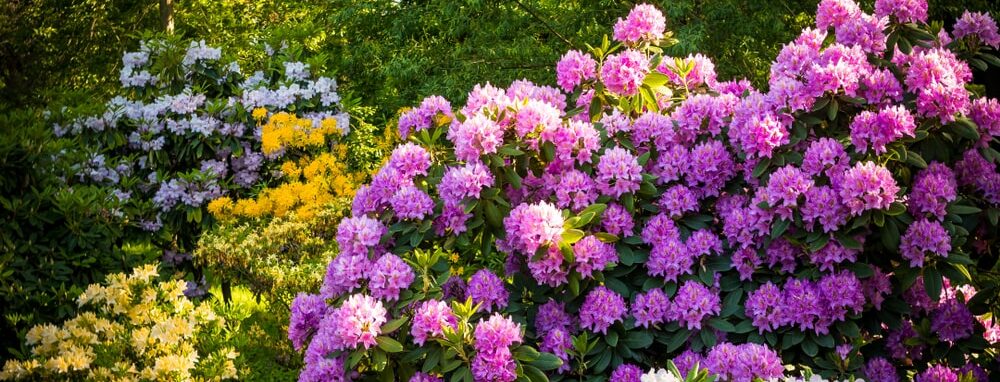
How to Design Your Dream East-Facing Garden
An east-facing garden poses a few extra challenges you don't get with a south-facing garden. However, choose the right plants and lawn type, and your east-facing garden will thrive!
🌱 All important maintenance moments for your lawn during the year. Leave your email and we will send you the lawn calendar for free.
Enter your email
Receive the lawn calendar in the mail
Enjoy a green lawn all year round!

- Order by 2PM = shipped today
- 250.000+ satisfied customers!
- 60 day satisfaction guarantee
Wondering how to make full use of your East-facing garden? No problem! Sure, most of your greenery will be in the shade during the afternoon and evening, but it’s certainly not a reason to give up wanting a beautiful, thriving garden!
- What are the properties of an east-facing garden?
- Determining your garden’s location
- The hours of sunshine in an east-facing garden
- Benefits of an east-facing garden
- The disadvantage of east-facing gardens
- The ideal plants for an east-facing garden
- Will a lawn grow in an east-facing garden?
- Tips for an east-facing terrace
- FAQs
I’ll show you how to get the most out of your east-facing garden, covering how to care for it, which plants are best and how to keep your shady lawn well-maintained.
Ready? Let’s get started.
What are the properties of an east-facing garden?
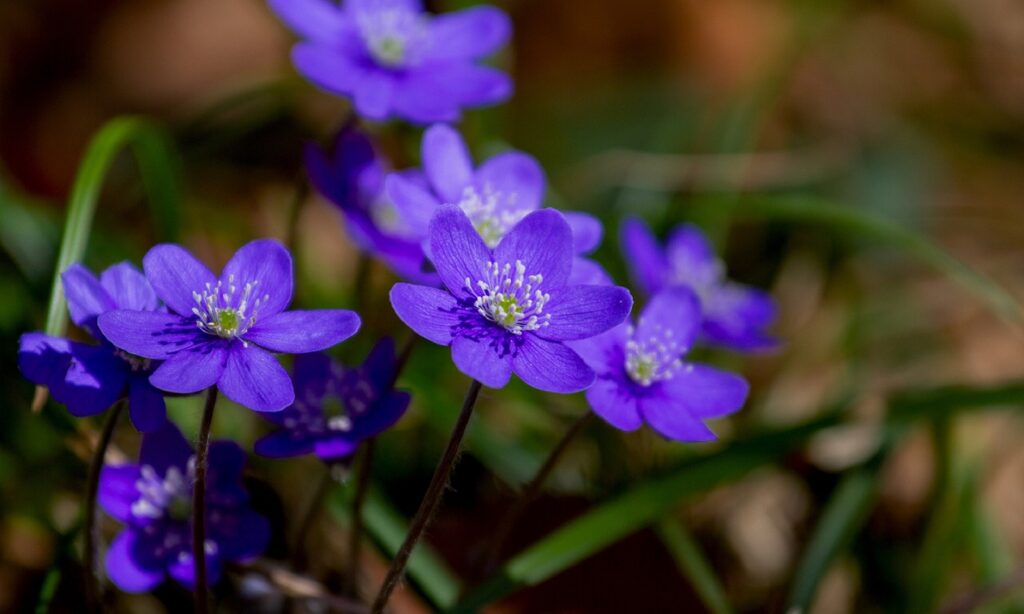
In the morning, an east-facing garden receives lots of sunlight but will be plunged into shadow during the afternoon and evening.
East-facing gardens have the following properties:
Morning sun & afternoon shade: A garden that faces east gets plenty of sunshine in the early morning hours. From the afternoon onwards, most, if not all, of the garden is in shade.
Plant Selection: Choose plants that prefer morning sun and cannot tolerate afternoon heat. This includes many varieties of vegetables, flowers and herbs. Read on for specific ideas.
Flowers such as the dainty liverworts look particularly pretty in an east-facing garden. They come in vibrant shades of purple, pink and blue.
Depending on your needs, you can use an east-facing garden for various purposes, such as growing vegetables, flower beds, recreational areas or playgrounds.
Determining your garden’s location
You might not have a compass, so it’s likely you’re not even sure which direction your garden is facing. So, follow these tips to help determine your garden’s orientation:
Look at the sun, which rises in the east. If the sun rises at the far end of your garden and then travels over the top of your house as the day progresses, your garden is east-facing. If the afternoon sun is shaded by your home, then your garden faces east.
You might not have an old-school compass, but many smartphones have built-in compasses, so try using your compass app.
The hours of sunshine in an east-facing garden
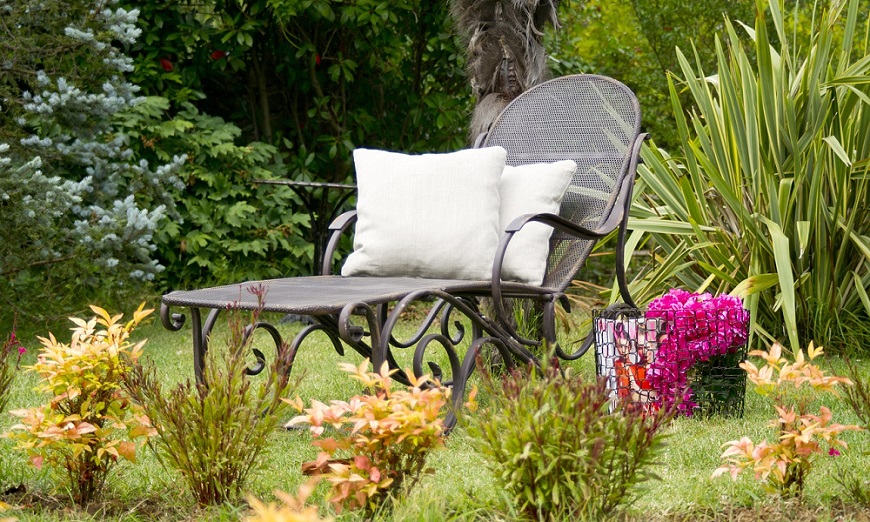
The number of hours of sunshine depends on a fairly extensive range of variables, but generally, a typical UK garden gets around 1,500 to 2,000 hours of sunlight per year.
In more precise terms, an east-facing garden gets:
- Spring/Autumn: Between 2 to 8 hours a day
- Summer: Around 8 hours a day
- Winter: Up to 2 hours a day.
Of course, this depends on direct sun exposure — if large buildings are nearby, you’re more likely to receive considerably less sunlight.
Benefits of an east-facing garden
The principal benefit of an east-facing garden is the morning sun. If trees surround your home, consider cutting them back to maximise that morning sun.
So, choose shade-loving plants and wildflowers that thrive in partial and dappled sun.
But from a lifestyle perspective, you’ll enjoy breakfast on your patio with ample morning sun! Try to surround your patio with potted plants that thrive in the morning sun and cope well with less direct sunshine.
Additionally, on the odd occasions we get hot summer days, an east-facing garden is cooler than a fully exposed south-facing outdoor space. So, count yourself lucky for the shade!
The disadvantage of east-facing gardens
Of course, the most obvious disadvantage is the reduced sunlight, so some plants just won’t thrive. But on the upside, this means you’ll have to water your plants and lawn less frequently, and there are plenty of stunning shade-loving plants — you have to choose wisely.
However:
Shady gardens risk mould and fungal infections because of the consistently increased moisture levels.
Also, east-facing gardens spend longer in the shade, so they warm up more slowly. Indeed, you may well find you have your own little micro-climate in your east-facing garden, with flowers bursting into bloom later than in exposed areas.
The ideal plants for an east-facing garden
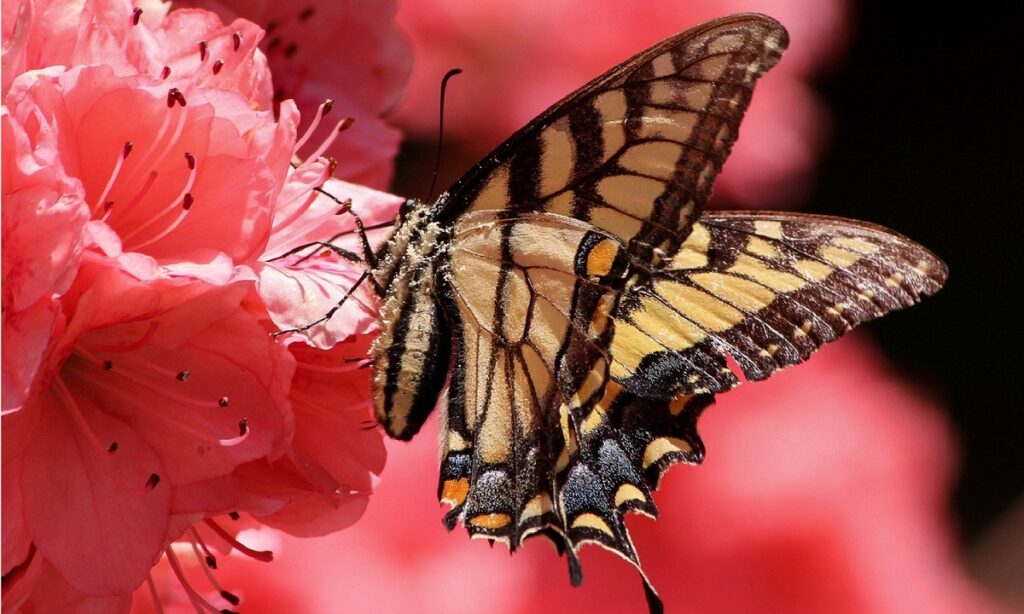
While your plants will enjoy direct or partial sun in the morning, they’ll spend most of the afternoon in the shade. Luckily, lots of plants enjoy this position:
Shade-loving perennials
- Astilbe
- Christmas roses (Helleborus)
- Elf flower (Epimedium)
- Funkian breeding (Bergenie)
- Hosta (Funkie)
- Caucasus Forget-me-not (Brunnera)
- Ligularia
- Lungwort (Pulmonaria)
- Tearful Heart (Dicentra)\
Early flowers:
- Aquilegia
- Coltsfoot (Tussilago farfara)
- Crocuses
- Liver flowers
- Primroses
- Snowdrops
- Bluebells
- Pansies
- Grape hyacinths (Muscari)
- Eranthis
Shadow-loving trees:
- Azalea
- Ivory Euonymus (Euonymus alatus)
- Lilac (Syringa)
- Hydrangea
- Japanese maple (Acer palmatum)
- Camellia
- Mahogany (Mahonia)
- Pieris (Pieris japonica)
- Rhodendron
Ground-covering shrubs
- Ground-covering raspberry (Rubus calycinoides)
- Fragrant snowball (Sarcococca)
- Thick man (Pachysandra terminalis)
- Stuffed St. John’s wort (Hypericum calycinum)
- Creeping spindle (Euonymus fortunei)
- Measure lover (Vinca minor)
- Snowberry (Symphoricarpos albus)
- Wintergreen (Gaultheria procumbens)
Vegetables
- Broccoli
- Carrots
- Cabbage
- Wild rocket
- Lettuce
- Celery
- Spinach
Herbs
- Basil
- Coriander
- Mint
- Parsley
- Chives
Spring flowering bulb plants:
- Blue cushions (Scilla)
- Hyacinths
- Imperial crowns (Fritillaria)
- CrocuseS
- Liver flowers (Hepatica)
- Daffodils (Easter bells)
- Snowdrops
- TulipS
- Wild tulips
- Dwarf irises (Iris reticulata)
Ferns
- Common spotted fern (Polypodium vulgare)
- Common worm fern (Dryopteris species)
- Japanese worm fern (Athyrium niponicum)
- King fern (Osmunda regalis)
- Shield fern (Polystichum acrostichoides)
- Ostrich fern (Matteuccia struthiopteris)
- Venus hair fern (Adiantum pedatum)
- Female worm fern (Athyrium filix-femina)
So, as you can see, many beautiful flowering and herbaceous plants, shrubs, and trees will thrive in your east-facing garden (as long as you care for them!).
Find out more about plants that thrive in a shady garden and how to improve your lawn in a shaded garden.
Will a lawn grow in an east-facing garden?
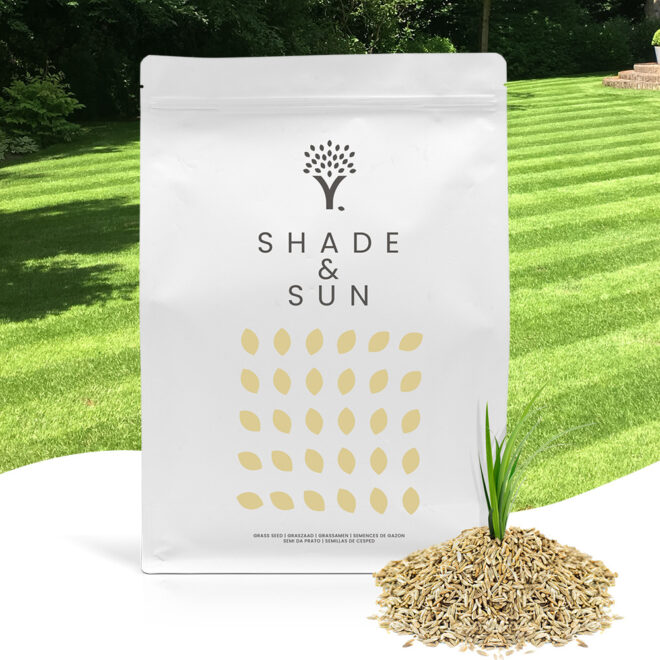
- Perfect for lawns in shade and full sun
- Fast growing
- Thrives underneath trees and shaded bushes
Absolutely. But it’s essential you select a shade-loving species as your typical lawn grass requires full sun.
So, your lawn can look beautiful with the right lawn seed (MOOWY’s Shade & Shade grass seed, for example).
However, shady lawns are more likely to remain wet all day, which promotes moss and fungi growth, so ensure you aerate your lawn regularly and scarify whenever the soil surface gets hidden by moss and weeds.
Check out our collection of articles about scarifying your lawn.
Tips for an east-facing terrace
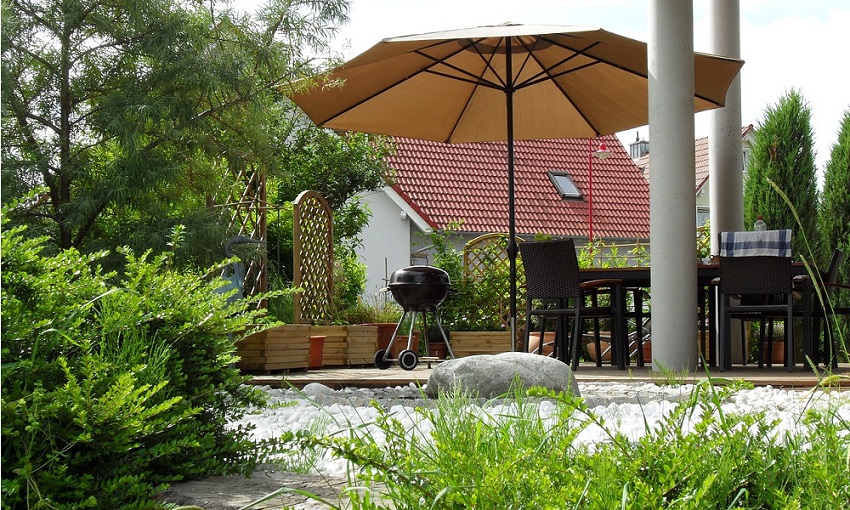
Your patio, terrace, or decking areas are probably your pride and joy, providing hours of sunny enjoyment each year. Here are some tips to make the most of your terrace area:
Shade
One of the problems with shady gardens is that you’re often tempted to maximise skin exposure to the sun when it’s there. However, sitting in direct sunlight can damage your skin, causing premature ageing and the potential for a range of skin conditions.
So, provide shade on your terrace, such as umbrellas, awnings, and pergolas for morning sun protection.
Planting and decoration
Many of the shade-loving plants listed above grow well in pots — always read the label before introducing a new plant onto your patio. So, surround your terrace with colourful flowering plants and herbaceous or evergreen climbers.
Set up garden furniture, such as a table and chairs or even an outdoor sofa, for comfort and luxury, and add solar lighting to make the space cosy and inviting, especially when in the shade.
Maintenance
If you’re growing plants in pots, they’ll need more regular watering than those in the ground. So, make sure you water when the pots go dry, and keep an eye out for moss on paving slabs — scrape it off with a yard brush and hot water as soon as you see it to prevent slips and slides.
Soil improvement
You may well need to keep on top of your soil in a shady garden as it’s likely to become saturated and heavy. Mix in good quality, well-rotted compost and leaf mould to keep the earth nutrient-rich and well-drained.
Lawn care for a shady garden
Starting with the right grass species is essential for best results, so look for shade-tolerant grass varieties that are also happy in full sun, like MOOWY’s Shade & Sun lawn seed.
However, you’ve probably inherited your lawn from the previous homeowners, so check out our guide to completely renovating your lawn for expert tips on changing your grass variety.
Pruning
Cutting back and pruning your plants may feel like a hassle, but it improves the following year’s growth. So, always prune your perennials in the autumn or early spring to give your garden year-round appeal.
Check out our expert guides to pruning your shrubs, plants, and trees.
FAQs
An east-facing garden gets full sun in the morning but is typically plunged into shade during the afternoon. And while these conditions aren’t ideal for all plants, there are hundreds of plants, bushes, shrubs, and trees that thrive in partial to full shade. Check out our guide to east-facing gardens.
Go for plants that are shade-tolerant but can handle direct morning sunlight. A wide range of plants fit this profile, such as the types of wildflowers you’d find in forests, such as snowdrops, bluebells, and rhododendrons. Also, azaleas, hydrangeas, primroses, and lilacs will work in the shade. Check out our list of shade-tolerant plants suitable for east-facing gardens.
Typically, an east-facing garden gets up to eight hours of direct sunlight a day, depending on the surrounding buildings, plants, and landmarks that could plunge the garden into shade in the afternoon. In spring, expect between two and eight hours of sunlight, but just one-to-two hours in winter.
Any questions?
I hope I’ve given you plenty of tips and ideas for your east-facing garden. But if you have any questions, email us or comment in the Comments section below.
Or check out our comprehensive Help & Advice section for expert tips for gardens and lawns.
Thanks for reading. Happy gardening!
-
How to Grow Eucalyptus in British GardensWith a little love and care, eucalyptus trees can thrive in English gardens. Since they don’t germinate well without proper help, there are not considered invasive. So, there is no reason not to plant them if you enjoy their looks.Read more
-
Transform Your Garden with All-Year-Round Flowering PlantsDid you know you can enjoy blooming flowers even in January? With the right selection of all year round plants, there’s no need to wait until spring to add some colour to your garden.Read more
-
How to Create a Butterfly Garden: A Simple Guide for British GardensThe UK's butterfly population includes 59 different species. These beautiful winged creatures face a steady decline because of habitat loss, pollution and changing weather patterns. Your garden can become a vital link between nature reserves and natural habitats. Let’s explore how.Read more
-
Volcanic Rock Dust for Your Garden—Application and TipsDid you know that volcanic rock dust is a brilliant organic soil improver? This article explains exactly what it's good for and how to use it properly.Read more
-
How to Use Landscape Fabric ProperlyIf weeds or erosion in your garden are troubling you, landscape fabric might be the solution. We’ll explain how and when to use it properly, just keep on reading.Read more
-
Hostas: A Complete Care GuideIf you have a north-facing garden or some shady corners on your property, hostas are the plants for you. These green delights thrive particularly well in partial to full shade and require consistently moist soil to perform at their best.Read more
-
How to Grow Grapes in Your Garden: A Simple Step-by-Step GuideGrapevines produce some tasty fruits, but often they are simply grown for their gorgeous leaves. Whatever your motivation may be, we have a guide on how to grow grapes for you.Read more
-
Worm Composting Made Simple: From Kitchen Scraps to Garden GoldDid you know that a single pound of composting worms can devour half their body weight in waste every day? That's roughly twelve pounds of kitchen scraps transformed into garden gold each month! We will look at how to make this happen.Read more
Leave a comment
Your answer will be displayed on the site and the interested party will be notified by email.
Leave a comment
Have a question or want to share your experience? Leave us a comment.

- Order by 2PM = shipped today
- 250.000+ satisfied customers!
- 60 day satisfaction guarantee

- Order by 2PM = shipped today
- 250.000+ satisfied customers!
- 60 day satisfaction guarantee

- Order by 2PM = shipped today
- 250.000+ satisfied customers!
- 60 day satisfaction guarantee

🌱 All important maintenance moments for your lawn during the year. Leave your email and we will send you the lawn calendar for free.
Enter your email
Receive the lawn calendar in the mail
Enjoy a green lawn all year round!












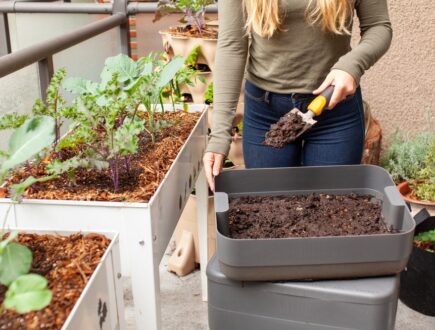



 Summer Deal! Get 15% off the
Summer Deal! Get 15% off the 




Comments (0)
There are no comments yet. Well then, what are you waiting for to
Be the first to write your comment!inaugurate this pretty page?
Do you have some comments?